Quails have a rounded body, short and sturdy build, with thick plumage that is typically brown with black spots.
Quails are typical ground-dwelling birds, primarily distributed in the mid and low latitudes of Africa, Asia, and Europe.
Reproductive Abilities of Quails
Quails are highly prolific birds. Each female quail can lay up to 300 eggs per year, significantly more than other poultry such as chickens, which can lay a maximum of 280 eggs annually.
The incubation period for quails is only 17 days, and the chicks can follow their mother to forage soon after hatching. In just over 40 days, the chicks can reach maturity and start laying eggs.
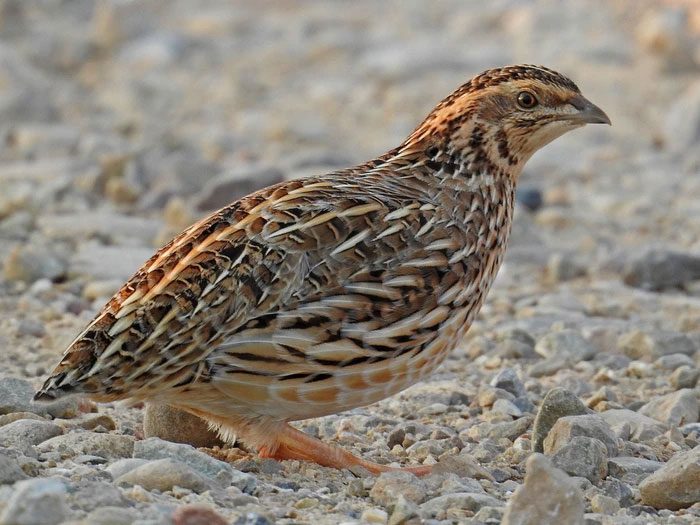
Quails can fly short distances but primarily live on the ground. They are omnivorous, feeding on seeds, leaves, wheat, barley, berries, and occasionally grasshoppers and worms.
The reproductive ability of quails is closely related to their biological reproductive characteristics. A pair of ovaries in quails can develop simultaneously, with a large number of egg cells, typically ranging from 2000 to 3000 egg cells.
Furthermore, the reproductive system of quails is highly adaptable. If an egg is damaged or lost, their reproductive system will immediately replenish with new egg cells. This mechanism allows quails to maintain a high egg production rate.
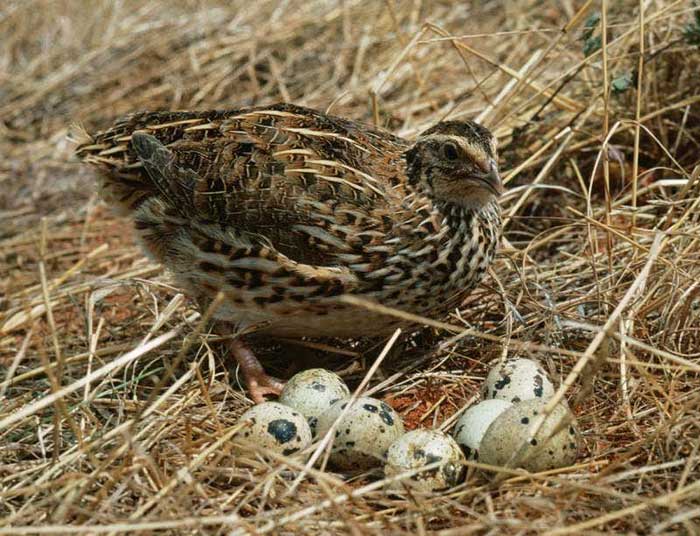
When threatened, quails will flee. While some species can run quickly to escape predators, others may remain still when danger approaches. The primary predators of quails include foxes, cats, prairie dogs, American badgers, owls, and snakes. These animals often hunt quails and consume their eggs.
Habits of Quails
Quails are ground-dwelling birds that prefer grassy and bushy areas. They typically inhabit grasslands, farmland, and lakesides. Their diet mainly consists of grass seeds, insects, and small invertebrates.
Quails lead a very reclusive lifestyle, spending most of their time hidden in grass and only appearing in front of humans at specific times for foraging and breeding. Additionally, quails are very agile and can quickly avoid danger, giving them certain advantages for survival in the wild.
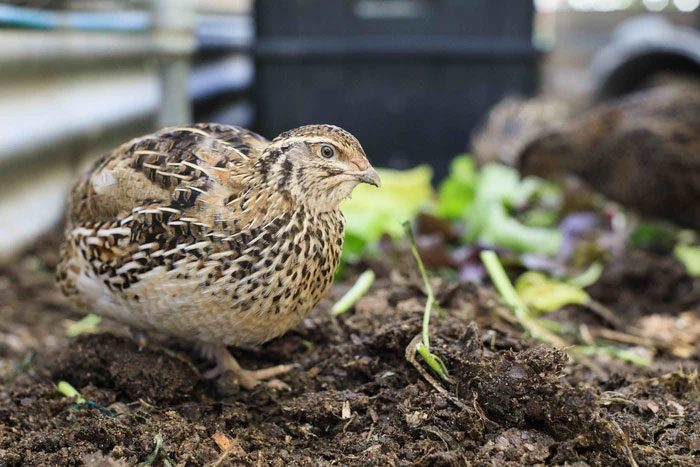
Quails prefer warm environments, so they generally do not migrate but choose to nest on the ground. Locations like grasslands and bushes are common nesting sites for quails, as they require cover for their nests.
Domestication of Quails
Quails are a very popular poultry species. Through artificial domestication, the egg production rate and meat quality of quails can be significantly improved. When raising quails, key considerations include:
The environment for raising quails must be kept clean and tidy, and light and temperature should be controlled within suitable ranges to ensure optimal growth.
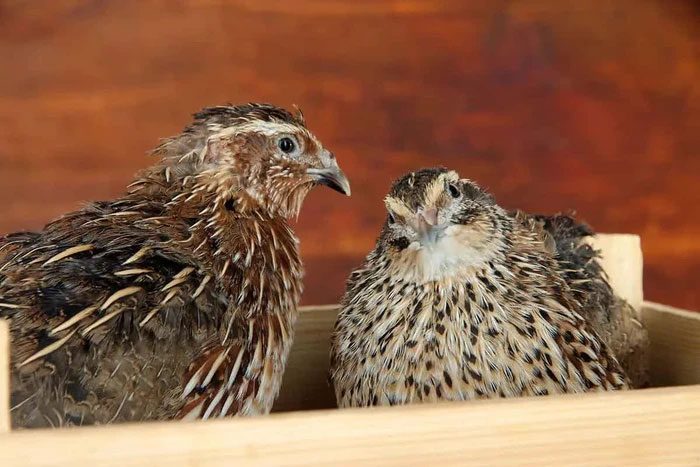
In winter, quails live in groups, huddling together for warmth. However, in nature, during spring and summer, they will pair up for breeding, and some may even live alone. Female quails typically do not sing, as only the males sing to attract mates.
The diet of quails mainly consists of plant-based foods, such as millet, corn, wheat, and alfalfa. It is also important to provide an appropriate amount of minerals, vitamins, and other nutrients to ensure a balanced diet for the quails.
When raising quails, attention must also be given to disease prevention, implementing timely health care measures such as deworming and vaccination to ensure the health of the quail flock.
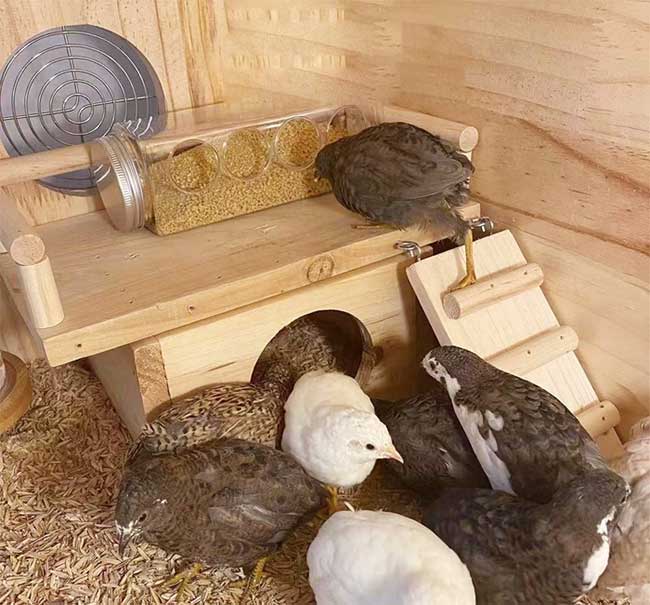
Rutin chickens, a hybrid breed known as the “smallest chickens in the world,” have recently gained popularity in China, creating a trend of raising them as pets. Rutin is not actually a chicken but a hybrid between quails and certain small breeds of chickens. Nonetheless, it has retained the nickname “the smallest chickens in the world.”
Currently, there is a type of pet chicken that looks very similar to quails, known as Rutin. What is its relationship with quails?
In fact, Rutin chickens are a small breed created from quails and some small breeds of chickens. Therefore, Rutin chickens can be considered a type of quail. Inheriting characteristics from quails, Rutin chickens are also prolific, laying between 250 to 300 eggs annually.
Rutin chickens are the smallest breed created through a long breeding process between spotted-winged quails and green-breasted quails.
Rutin chickens are only about 12 cm long and weigh less than 50 grams, while females can grow up to 15 cm and weigh around 55 grams. Although they are better suited for living in enclosed spaces as pets and thrive much better in such environments compared to regular chicken breeds, Rutin chickens require significantly more care than dogs or cats due to their small size.
For example, this breed needs the temperature to remain between 20 to 30 degrees Celsius for adults and 35 to 38 degrees for the young.


















































